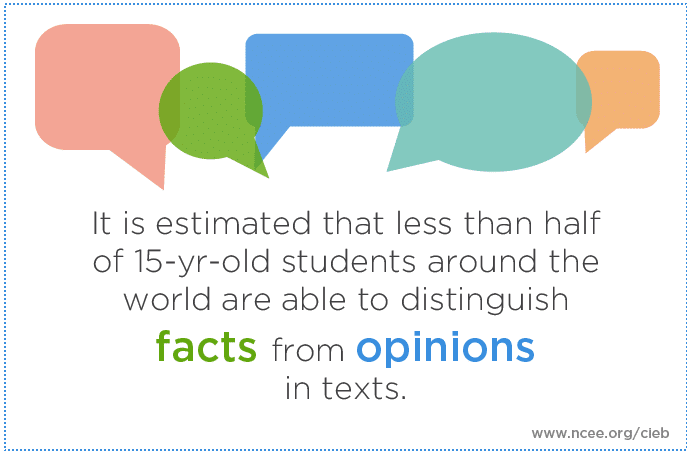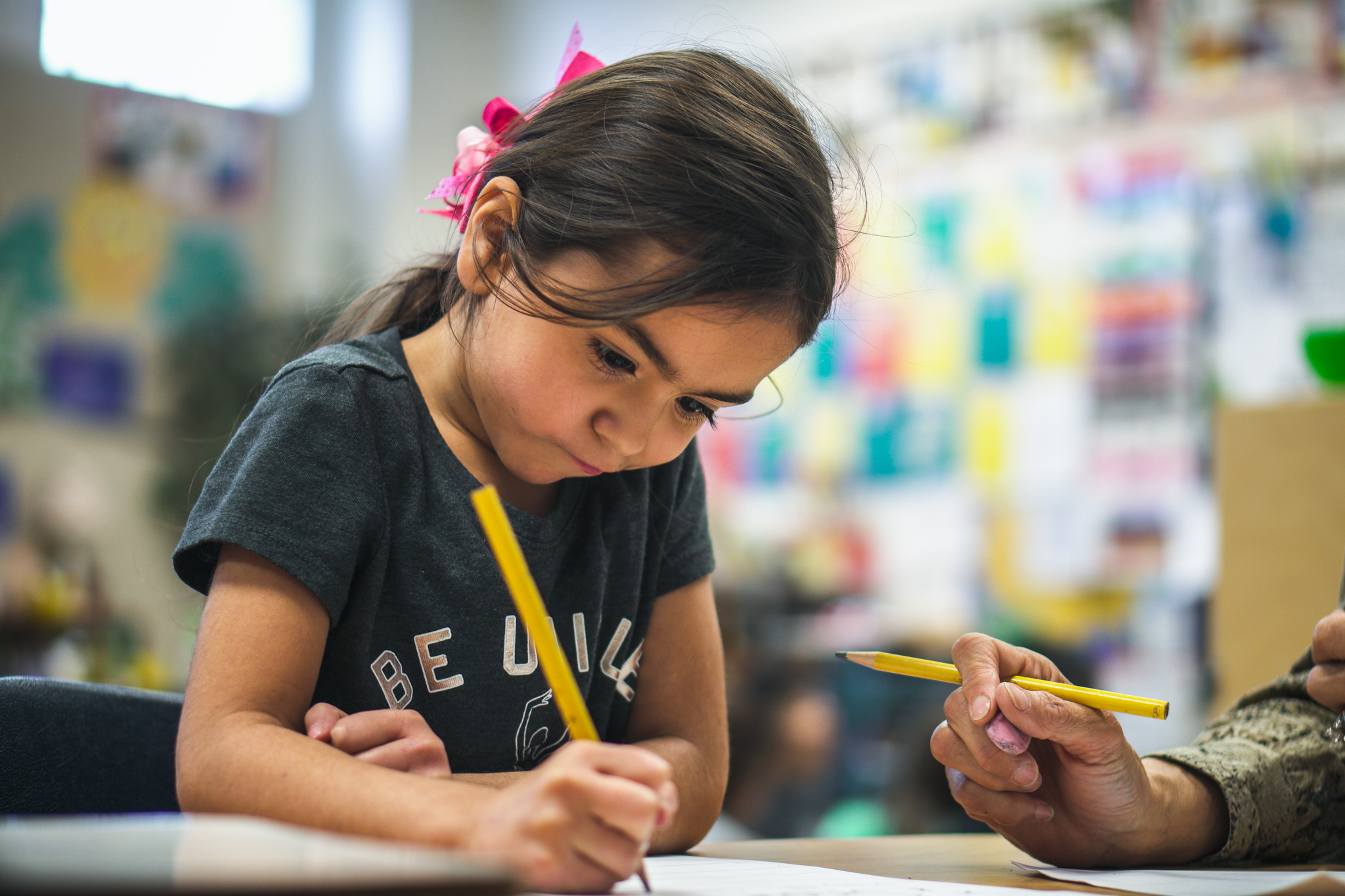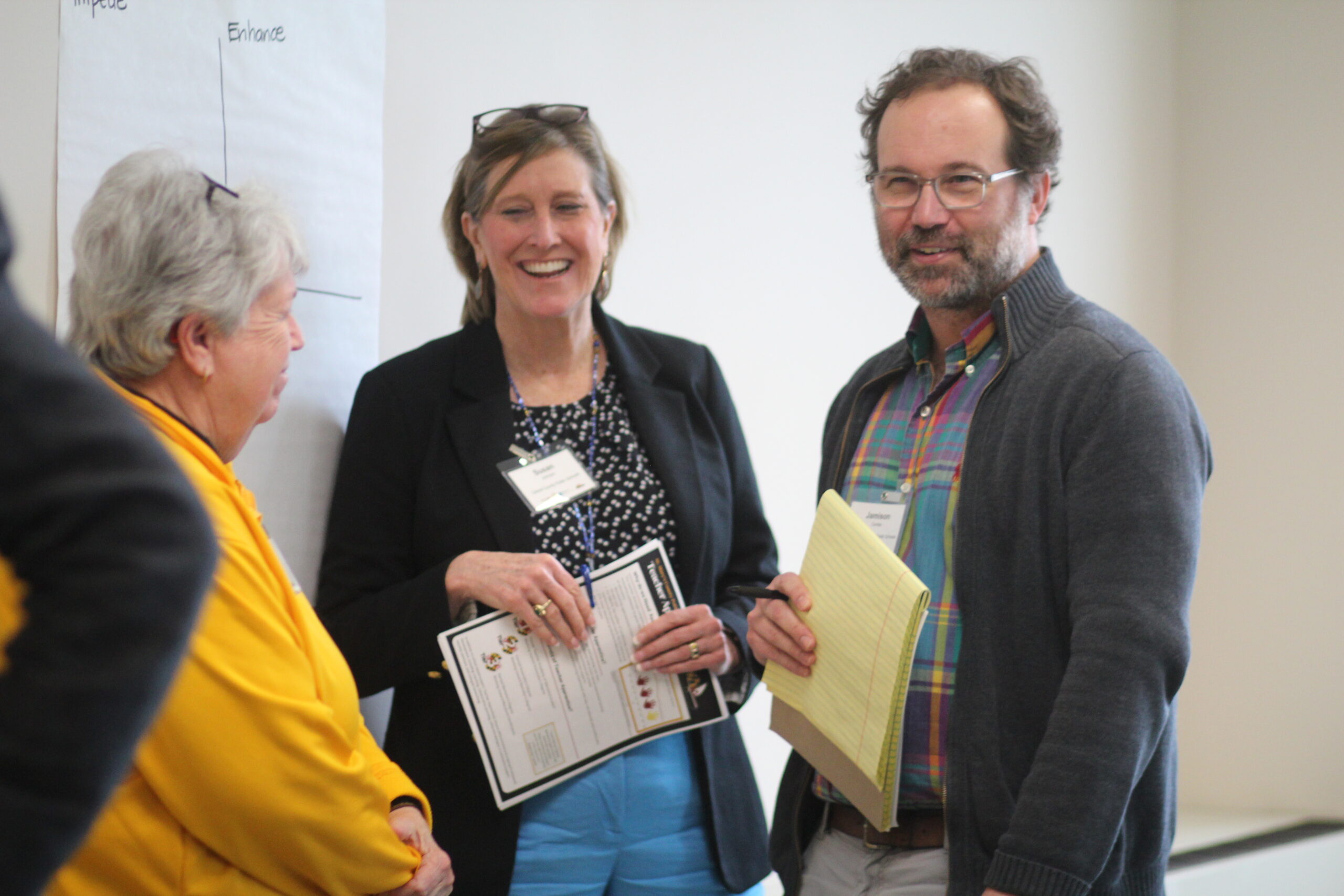
By Gretchen Cheney
Students who took the 2018 PISA were asked to read a blog post which referenced a book review and then identify whether statements were facts or opinions offered by the author of the review. Only an estimated 47 percent of 15-year-old students were able to make this distinction. In an increasingly technology-based world where information is readily searchable, readers need to detect biased information and validate knowledge across multiple sources. School systems around the globe are responding to this challenge by teaching students to discern the accuracy of information. For example, in Finland, recently rated Europe’s most resistant nation to fake news, media and digital literacy are embedded across the national curriculum. Estonia is also training young people to identify fake news as part of a broader K-12 digital competence strategy. Singapore has infused information literacy, which helps students to discern the authenticity of digital information, into several core academic subjects.
To learn more about how today’s students are developing reading skills to navigate an increasingly digital world and how digital literacy can be integrated into teaching and learning, watch the video of NCEE’s webinar on OECD’s new study, 21st-Century Reader: Developing Literacy Skills in a Digital World. During which NCEE President and CEO Anthony Mackay discussed the study with OECD Director for Education and Skills Andreas Schleicher.




